How to Prevent and Treat Common Plant Diseases
Just like people, your plants can get sick, too. These usually come from fungi, bacteria, viruses, or the weather in your area. If you pay attention to your plants and know the signs to look out for, you can catch these problems before they affect your whole garden.
When you spot plant diseases early, it’s much easier to fix them. Problems that start with a few yellow leaves can turn into more serious issues that can even affect your other plants. Keeping tabs on your plants helps you protect everything that you’re growing.
It doesn’t matter whether you’re growing plants in a garden, yard, or even indoors. Knowing how to spot and take care of common plant diseases can save you a lot of trouble later.
This post may contain affiliate links, which helps keep this content free. Please read our disclosure for more info.
Understanding Plant Diseases

There are different types of plant diseases. Look out for fungal, bacterial, viral, and environmental causes of diseases for your plants.
- Fungal issues like powdery mildew and root rot
- Bacterial infections, such as bacterial leaf spot
- Viral diseases like the mosaic virus
- Environmental stress from things like too much sun or overwatering
Some signs that a plant might be sick include yellowing leaves, wilting, or dark spots that look like mold. You might also see plants growing slower than usual, or leaves that curl up or look strange. The key is to know what your plant normally looks like so you can tell when something feels off.
How Plant Diseases Spread
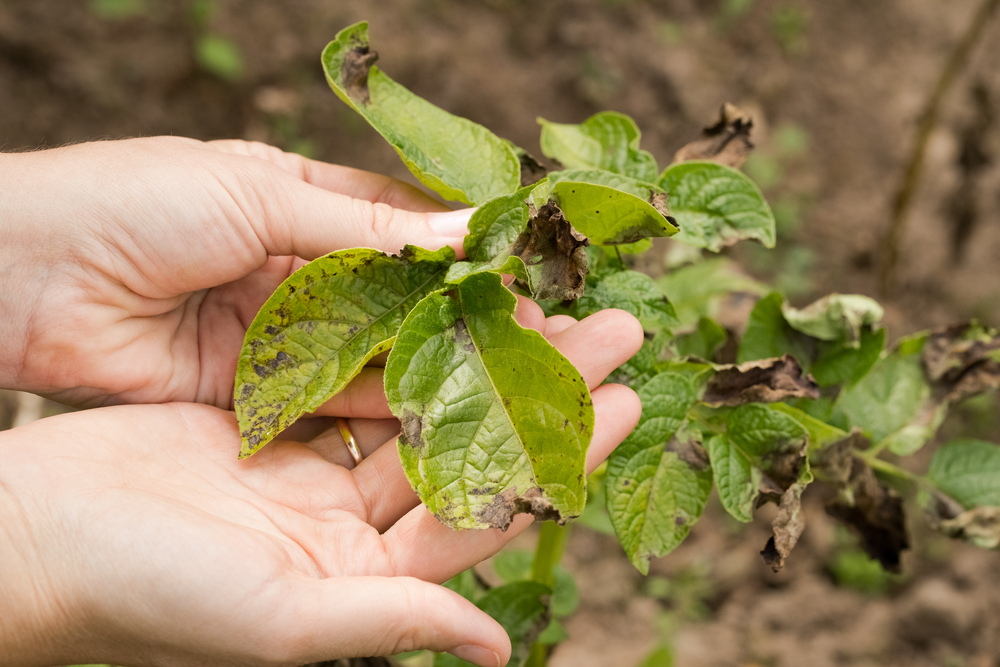
Plant diseases can come from a lot of different ways than you’d think. Some stay in the soil while affecting your plant through the roots, while others stick in your dirty equipment while waiting for the chance to infect a different plant.
Diseases that come from the air are tricky since the wind can carry them right into your garden or through your windows. Pests can also bring disease with them, so make sure to keep the bugs under control.
Prevention Tips for Healthy Plants
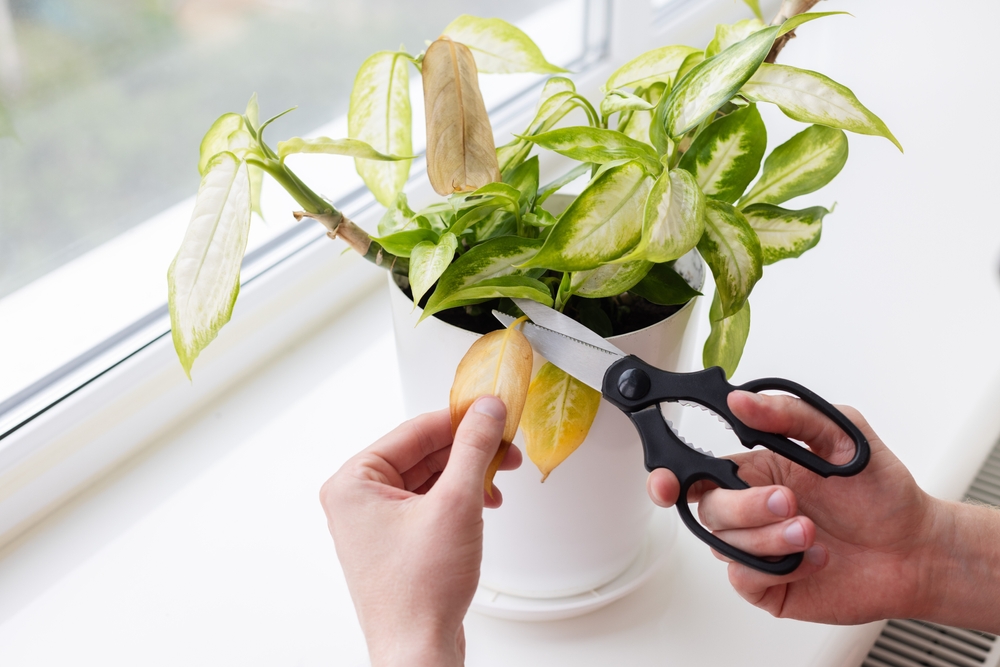
It all starts with choosing good plants. Look for ones with firm stems, clean leaves, and healthy roots. If anything looks off, it’s safer to pass.
Keep your watering can and tools clean, especially if you’ve used them on sick plants. Take care of your soil and ensure it drains well. Proper spacing and layout can help, too.
A few other habits that help:
- Clean your tools regularly
- Remove dead leaves or any parts that look infected
- Isolate new plants for a week or two before placing them near the rest
These little steps can make a difference, especially if you’re regularly doing them.
Identifying Plant Disease
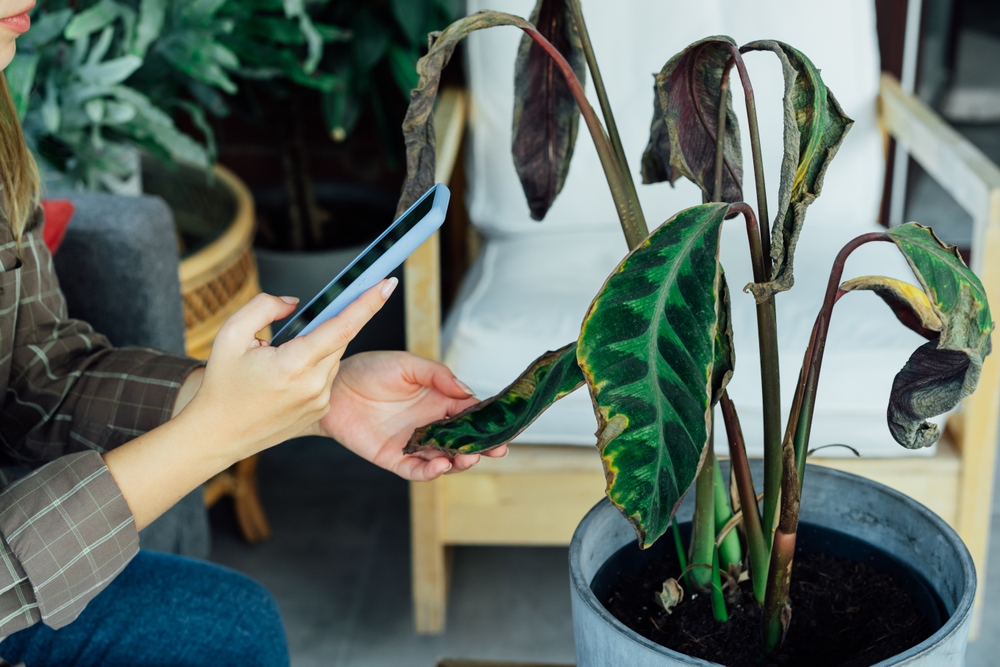
If something seems off with your plants, take your time to observe. Think about when it started, changes in the weather, or if you changed up your routine in taking care of them.
Don’t forget about your local gardeners! Take a picture of your plants and ask them for help. Jotting down some notes can also help you remember what you’ve done to spot these issues and how you took care of them.
Treating Common Plant Diseases
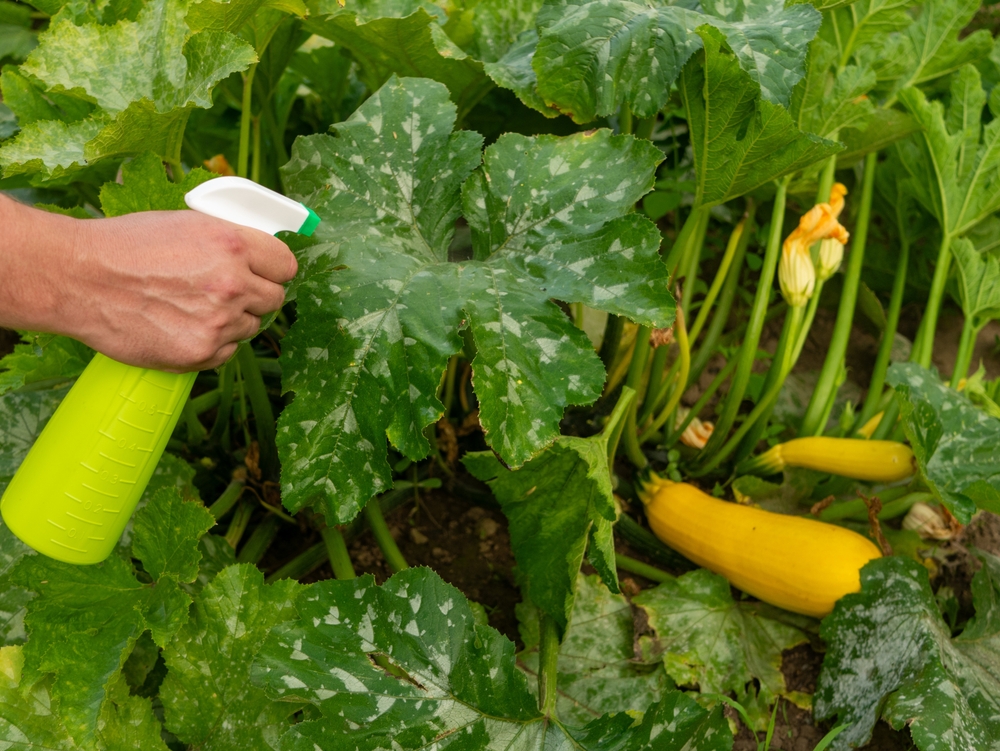
Fungal diseases are common, and thankfully, there are a few ways to manage them. Neem oil or baking soda sprays can help, and improving airflow around your plant can stop the problem from coming back.
For bacterial infections, it’s best to remove any damaged parts and throw them away from the garden. As for viral diseases, there’s no cure, so infected plants usually need to be removed completely.
Long-Term Disease Management
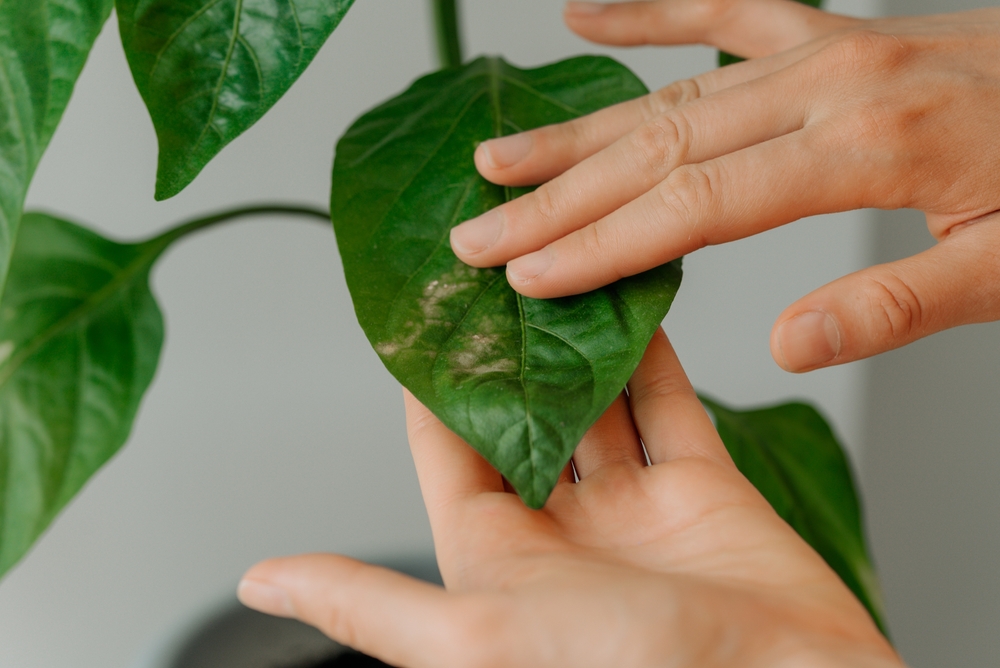
If you have an edible garden, try rotating your crops every season to prevent soil-based diseases from settling. You can also grow plants that complement each other and keep pests at bay.
Here are a few more tips to prevent diseases from spreading:
- Walk your garden often and look for signs of diseases.
- Remove dead parts of your plant regularly
- Use a simple journal to track care routines and problems
Keeping tabs on your plants is one of the best ways to prevent and control diseases within your yard or garden.
When to Ask for Professional Help
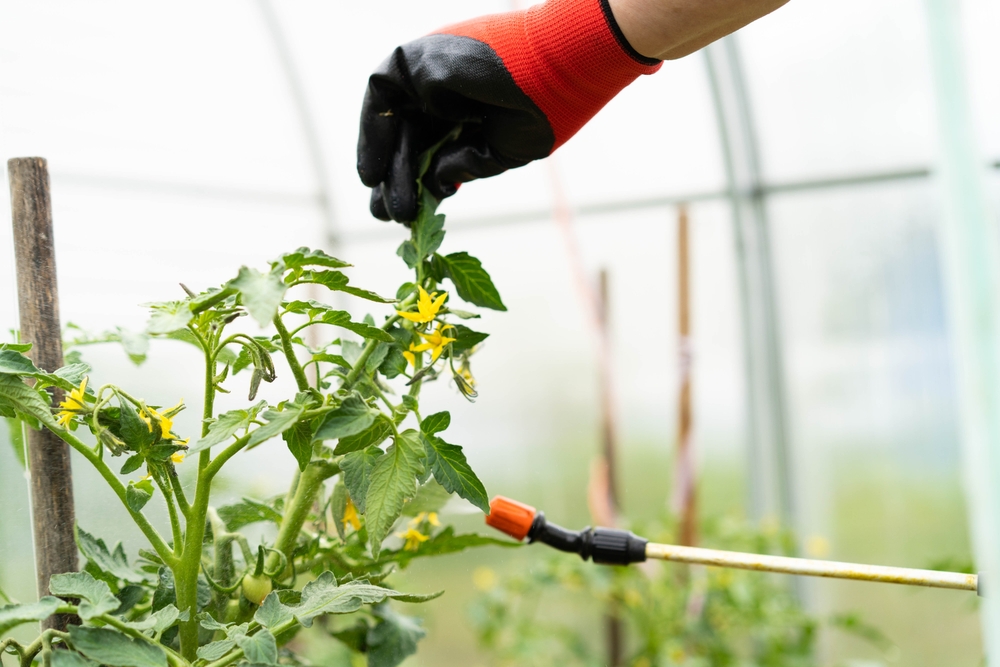
Sometimes, diseases get out of hand, and your home remedies won’t have any effect on them. When that happens, it might be time to consult local experts and gardeners for help.
If you don’t know what you’re dealing with or if nothing you’ve tried has worked, it’s best to leave the job to the professionals.
Keeping plants healthy is all about staying observant and taking small steps regularly. It doesn’t take much time, but it does help you spot trouble before it grows.
There’s always something new to learn in gardening, and that’s part of the fun. Keep asking questions, try new things, and enjoy the process. Your plants will thank you for it.
This article originally appeared on Avocadu.
